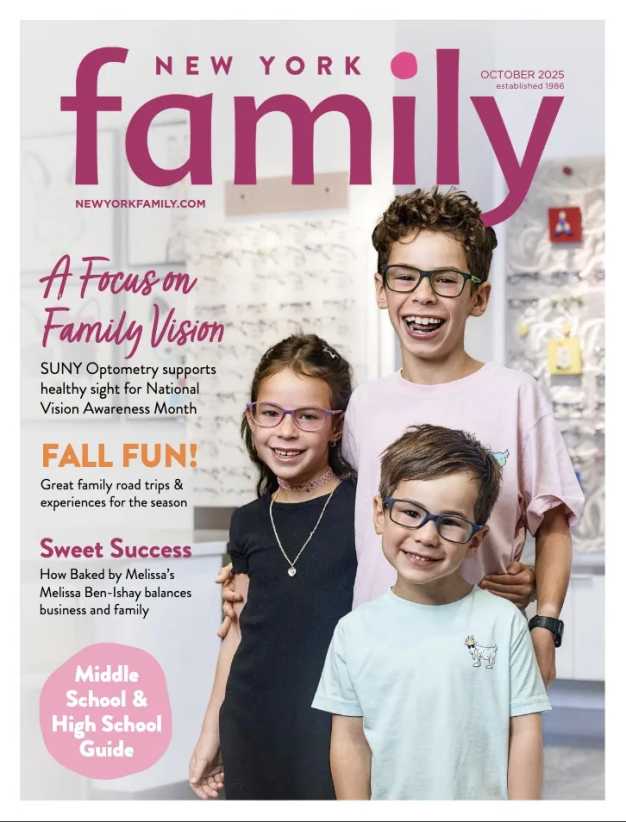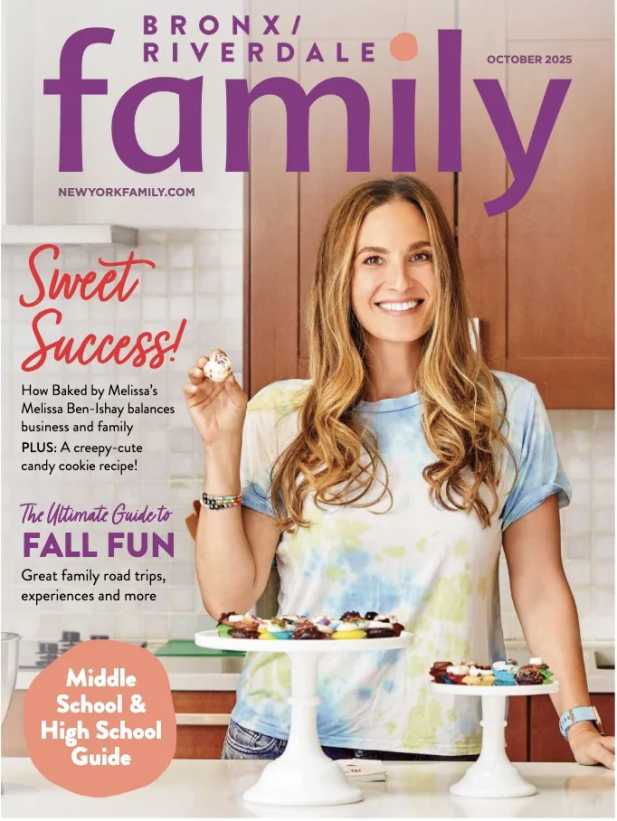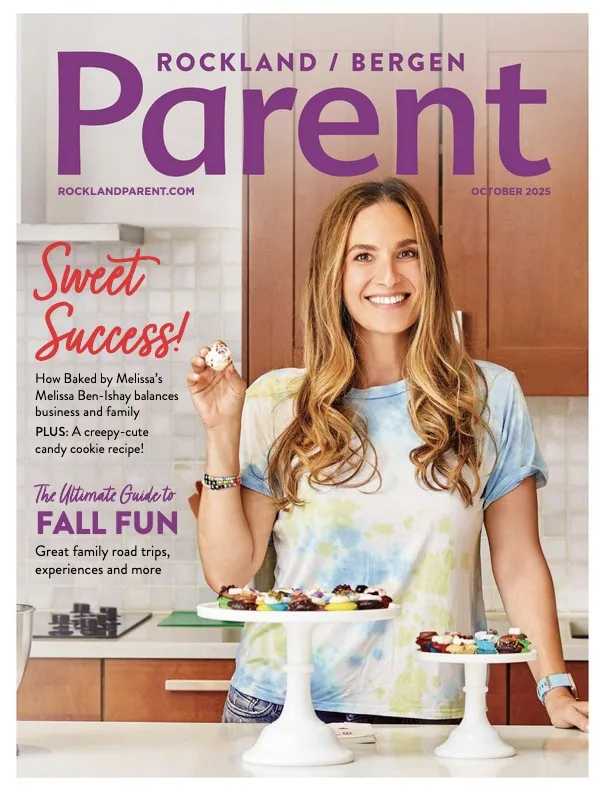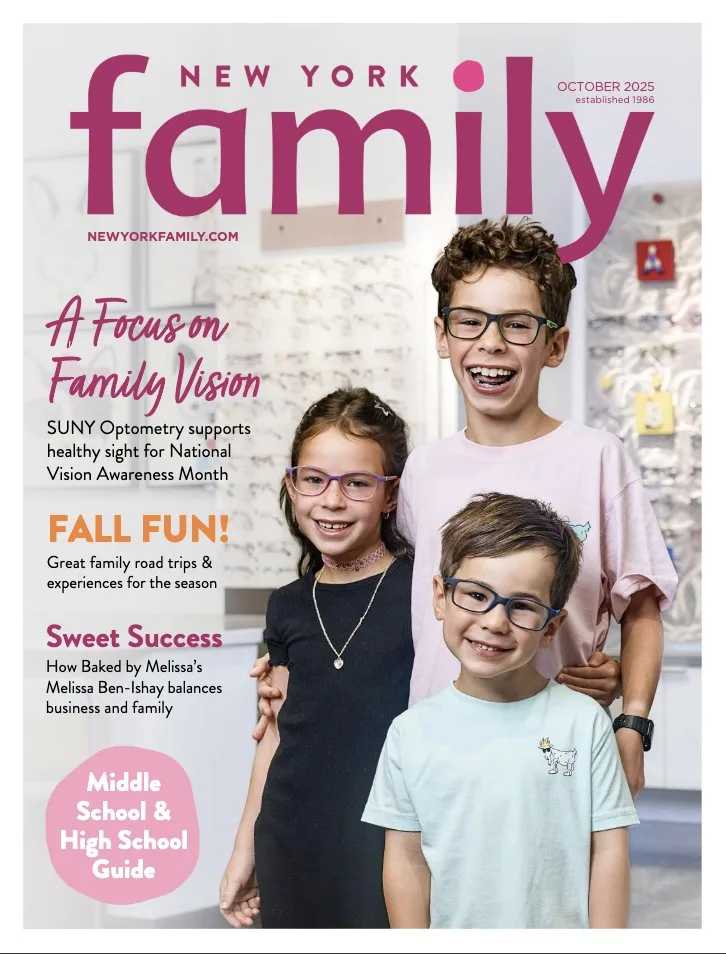Some moms feel guilt when introducing a bottle because it’s a huge change for baby, while some moms worry about nipple confusion (also known as nipple preference). And some moms are overwhelmed by the amount of information and advice on what bottles to use, and when to start using them.
Take a deep breath! It is important to remind yourself – and remind yourself OFTEN – that you are a great mom. Teaching a breastfed baby to take a bottle is like many of the other milestones you’ll encounter in parenting: it will be tricky at first, but you’ll find the solution that works best for baby and you.
Here are some tips we find helpful when introducing breastfed babies to bottles:
- Try to wait until baby is 4-6 weeks old before introducing a bottle. This is enough time for baby to establish good breastfeeding habits, and for your body to establish a good milk supply.
- Have someone else feed baby the bottle. It is best if someone other than the mom gives baby the bottle because it minimizes confusion for baby. Teach baby early that mom breastfeeds and other caregivers bottle feed.
- Don’t skip a feeding session when baby is being bottle-fed. This is where your breast pump comes in! It may seem like a luxury to have a moment to yourself when someone else is feeding baby, but it’s critical to keep providing breastfeeding cues to your body. Mom should pump at the same time she would normally feed baby. This ensures her body doesn’t get the wrong message and reduce milk production.
- Give yourself time to find the nipple that works best. Many parents find that they need to try multiple nipples to find the one that works best for baby. It is important to have enough time to figure it out before hitting a firm deadline, like returning to work. The Lansinoh® mOmma® Bottle with NaturalWave® Nipple was designed especially for breastfed babies and allows baby to use the same feeding actions as when at the breast, and is clinically proven to reduce nipple preference.
- Try Paced Feeding. The way a baby is fed a bottle is also important. “Paced feeding” is when the caregiver invites the baby to draw the nipple into their mouth, paces the feed to ensure baby is not forced to feed more than she wants, and recognizes baby’s cues when she has had enough. This method most closely resembles baby’s feeding behaviors at the breast, and can reduce the risk of overfeeding and symptoms associated with colic like stomach upset, gassiness, and fussiness.
RELATED:



























